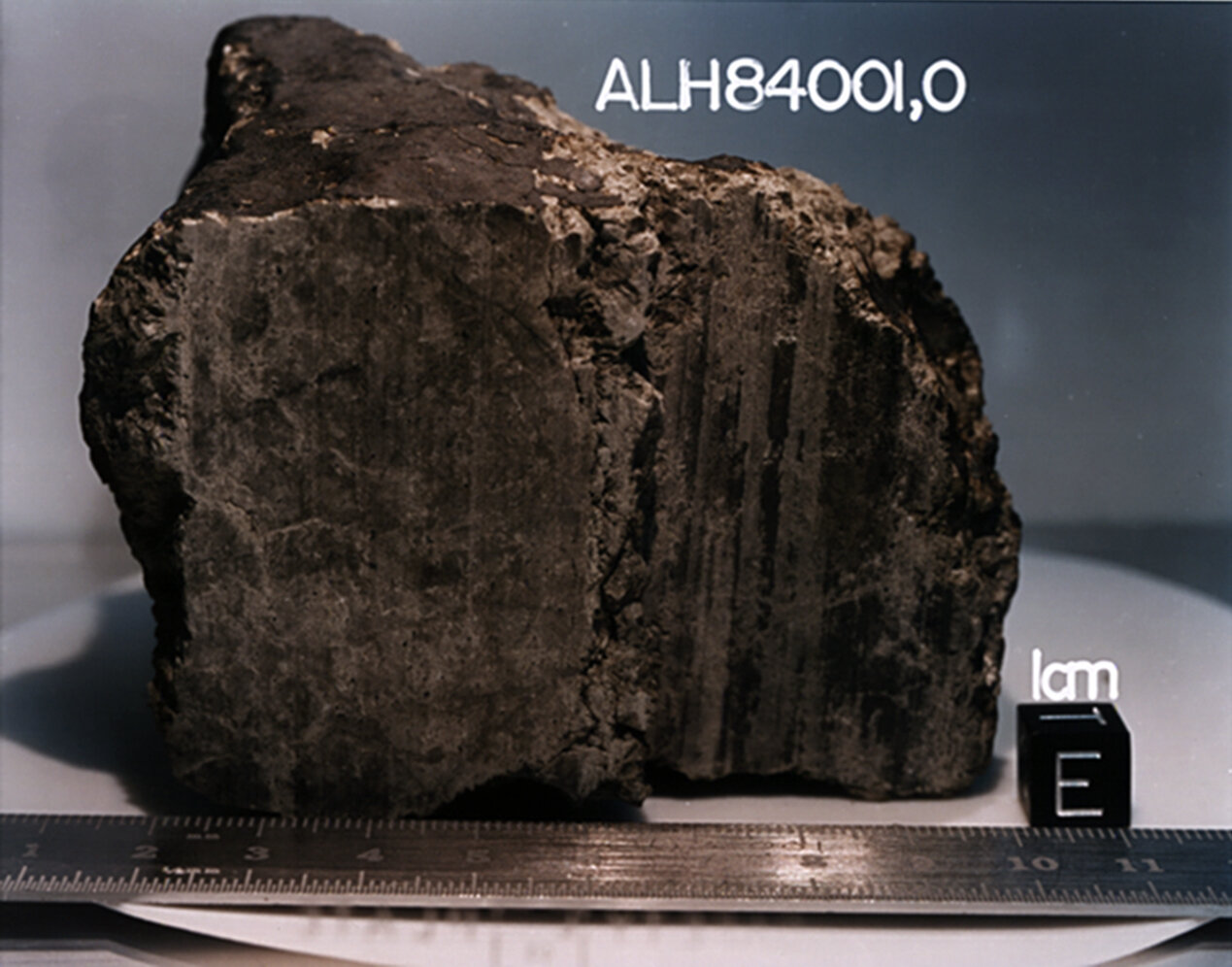
The Allan Hills meteorite was provided by NASA. The credit is NASA/ JSC and the university.
Andrew Steele, a professor at Carnegie's School of Engineering, and his team have found that organic compounds found in a meteorite that hurtled to Earth from Mars were created during interactions between water and rocks on the Red Planet about 4 billion years ago.
Allan Hills is one of the oldest known projectiles to reach Earth from Mars and was discovered in theAntarctic in 1984.
Steele, who has done extensive research on organic material in Martian meteorites, said that analyzing the origin of the meteorite's minerals can serve as a window to reveal both the geochemical processes occurring early in Earth's history and Mars' potential for habitability.
Oxygen, nitrogen, sulfur, and other elements can be found in organic molecule. Abiotic organic chemistry can be created by non-biological processes as well as organic compounds, which can be associated with life.
For years, scientists have debated the origin story of the organic carbon found in the Allan Hills 84001 meteorite, with possibilities including various abiotic processes related to volcanic activity, impact events on Mars, or the remnants of ancient life forms on Mars.
The Steele-led team included researchers from the Free University of Berlin, the NASA Johnson Space Center, and the Ames Research Center.
Evidence of water-rock interactions were found. The samples show that the Martian rocks experienced two important processes. When iron- or magnesium-rich rocks interact with circulating water, they change their mineralogy and produce hydrogen. The formation of carbonate minerals is a result of the interaction between rocks and slightly acidic water with dissolved carbon dioxide.
The mosaic of Mars was created by NASA. Credit: NASA.
The evidence shows that the interactions between water and rocks did not occur for a long time. The reactions produced organic material from the reduction of carbon dioxide.
This is the first instance of these processes occurring in samples from ancient Mars, and they are rare in Martian meteorites. Steele's work with the Sample Analysis at Mars (SAM) team on the Curiosity rover indicates that abiotic synthesis of organic molecule has been a part of the planet's history.
Steele said that these geological reactions are responsible for a pool of organic carbon compounds from which life could have evolved and represent a background signal that must be taken into consideration when searching for evidence of past life on Mars. If these reactions happened on ancient Mars, they must have happened on ancient Earth, and could explain the results from Enceladus as well. This type of organic synthesis requires a brine that contains dissolved carbon dioxide to be released into the air. The search for life on Mars is more than just an attempt to answer the question. It addresses the question of where we came from.
There is more information on the Organic synthesis associated with serpentinization and mineral carbonation on early Mars. www.science.org/doi/10.1126/science.abg7905
Science journal information.
The meteorite's organic materials origin is formed by interactions between water and rock.
The document is copyrighted. Any fair dealing for the purpose of private study or research cannot be reproduced without written permission. The content is not intended to be used for anything other than information purposes.